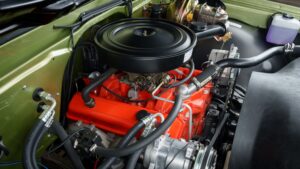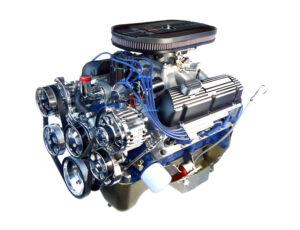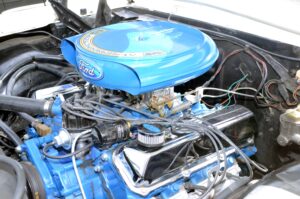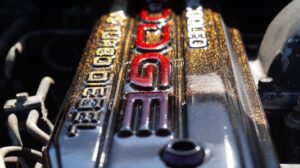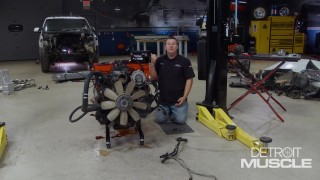How the Ford Flathead V8 Revolutionized Hot Rodding
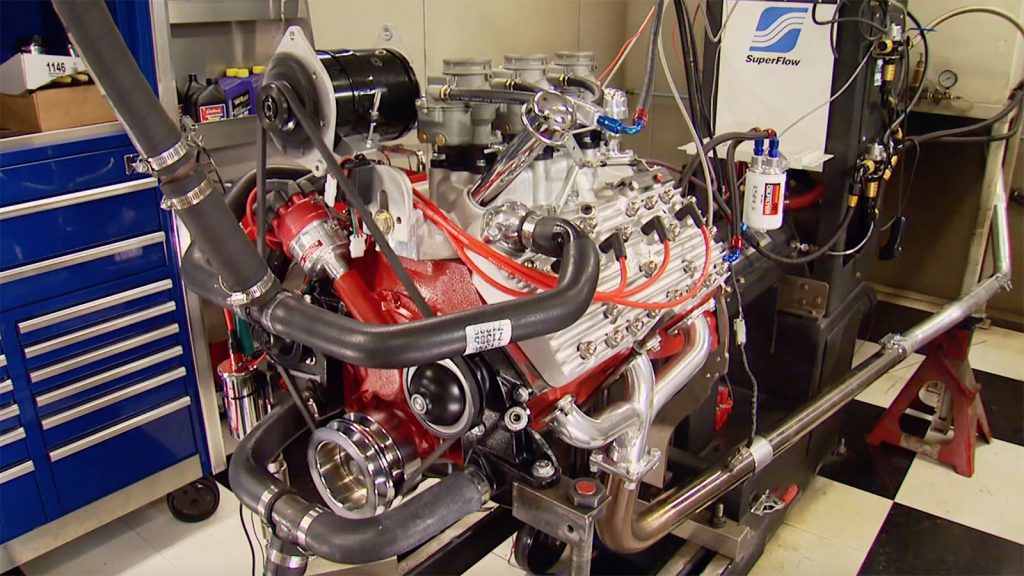
“Heroes get remembered, but legends never die.” Although it was retired in 1954, the impact of the Ford Flathead V8 remains strong in the automotive world. Few engines have had a substantial impact on generations past and generations to come like the Flathead V8. Not only does its influence have a strong grip today, but the entire hot rodding scene as we know it stems from this iconic engine.
History of Hot Rodding
The term “hot-rod” is simple. It refers to classic American cars with souped-up engines that are modified to reduce weight. They’re designed to go much faster than they did straight from the factory. Although we don’t know who coined the term “hot rod,” we know it all started as a cult movement in the 1920s and swept the scene in Los Angeles in the 1930s. It began as illegal street racing, which was pushed out of the city to the Mojave Desert, where enthusiasts would compete on dusty lake beds.
When WWII vets returned from war, it was nearly impossible to purchase a new car, leading them to modify their existing vehicles for that upgraded and performance look. Their military training helped with engine-building and fabrication, and Hot Rod magazine spread the news across the United States. At first, hot rodding was considered an outlaw culture, but that soon faded when the National Hot Rod Association (NHRA) legitimized the sport in the 1940s, considered by many as the golden era of hot rods.
The original hot rods were overwhelmingly Ford. According to Hagerty, Ford hot rods were built from old 1920s-1930s cars. The most common were Ford Model T’s, Model A’s, and Model B’s due to their simple design. With their vehicles alone having such a significant influence, it’s easy to see how the Flathead V8 revolutionized the hot-rodding scene.
How Did the Ford Flathead V8 Influence Hot Rodding?
While the V8 is widespread and easily attainable for someone on all budgets today, it was once an exclusive engine specifically reserved for the wealthy. Although the Flathead wasn’t the first V8 – an honor belonging to Leon Levavasseur in 1902 with the Antoinette from France – it was a brilliant engine configuration brought to the American masses by the genius of Henry Ford.
Ford put the engine into production in 1932. Despite its simple design, which featured a flat cylinder head that places the intake and exhaust valves next to the cylinder, and low cost to produce, it eventually became outdated. Due to its simplicity and affordability, it allowed the everyday person to purchase a V8 in those times. The first Flathead was a 221 cubic inch V8 with a compression ratio of 5.5:1 and produced a respectable 65 horsepower. It could be found in the 1932 Ford Model 18.
The Flathead V8 influenced hot rodding because of the industry that sprang up around the scene. When soldiers returned from the war and couldn’t purchase new cars, they quickly discovered there was more power and speed in changing the exhaust, fueling, and stripping away the extra weight in their current vehicles. It led to a slew of aftermarket part companies popping up.
The aftermarket industry became the lifeline to supply hot rodders with the performance parts they needed for their cars, fueling a tradition that lives on today through the millions of people with garage workshops, classic muscle cars, and a set of tools. The do-it-yourself culture has inspired generations of enthusiasts and become an international phenomenon. All of which is linked back to Ford’s simple Flathead V8.
How Did the Ford Flathead V8 Become an Icon?
Don Sullivan was one of five engineers chosen by Henry Ford to design and develop the Ford Flathead V8. He began his career on April 12th, 1928, and worked alongside Henry Ford. By 1930, he was directly involved in the secret V8 project. It took two years before Ford publicly unveiled the Flathead V8, which was filled with doubts by fellow engineers about how it all would work, but the program was a huge success.
The first Flathead was a 221 ci engine only produced 65 horsepower. By 1935, Ford was able to increase that output by 20 horsepower. These engines – produced from 1932 to 1938 – were referred to as 21 stud engines because of the head designs’ use of 21 head studs.
In 1937, Ford introduced a 136 ci variant with 45 horsepower. This engine was only in production for one year. Despite its efficiency, it was not desired by American consumers since they’d grown fond of the 85 horsepower engines.
The Flathead went through various iterations over the years and provided thrills at a price the general public could afford. The Flathead V8 became an icon because it opened up the hot rodding scene to so many people, which continues to inspire millions today.
The End of the Flathead is the Only the Beginning
After 20 years of service, the Flathead was laid to rest in 1954, replaced by an overhead-valve design. Despite its simplistic design, allowing the engine to be produced on the cheap, it had many flaws. As technology became more advanced, modern solutions were available for past problems, such as the airflow path, which was the Flathead’s ultimate downfall.
The airflow path wasn’t ideal for the Flathead. As air is fed through the engine, it needs to turn 90 degrees, followed by another 90-degree turn to get into the cylinder. Modern engine valves route air toward the piston and around it before going down into the cylinder. Since the intake and exhaust flow sit in opposite directions, you start to understand why the Flathead V8 wasn’t seen as efficient.
Engineers couldn’t open the intake and exhaust valves because it would have caused a significant drop in the compression ratios, which were already low. It was a problem with no solution, causing Ford to develop an entirely new engine.
The final Flathead V8 design was in 1953, consisting of a 3.9L engine that produced 110 horsepower. Unfortunately, it wasn’t powerful or efficient enough to justify its existence, leading to its retirement. Despite its downfall, the Flathead V8 is the reason for global enthusiasm today. It reserved its place in history, and its story will continue enlightening generations to come, putting them in touch with the roots of their passion.
Want to read more articles like this?
Join the PowerNation Email NewsletterRead More from PowerNation
- Chapters
- descriptions off, selected
- captions off, selected
This is a modal window.
